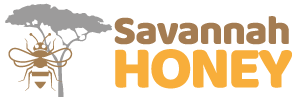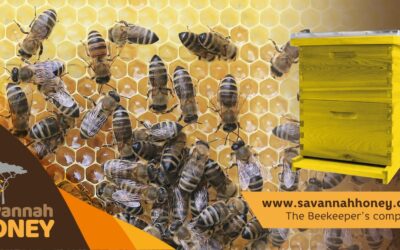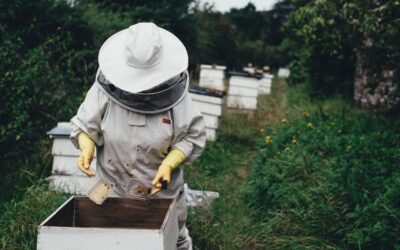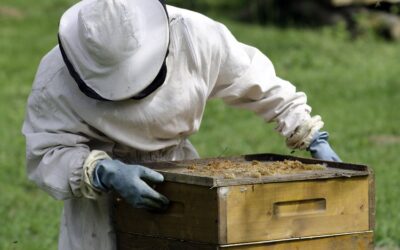Beehive intruders refer to any organisms or objects that enter a beehive without the permission or acceptance of the resident honeybees. These intruders can pose a threat to the hive’s well-being and survival. Here are some common types of beehive intruders:
Bee farmers, like any other agricultural practitioners, must always be prepared for the possibility of pests and diseases affecting their bees and hives.
One of the leading causes of disease and pest attacks in beehives is the sharing of beekeeping equipment. This highlights the significance of maintaining proper hygiene and implementing measures to prevent the spread of pathogens.
Here are some specific intruders that beekeepers should be aware of and methods to manage them:
Termites and ants
These pests can attack beehives due to factors such as poor hive structure, improper hive placement, and inadequate hygiene. They feed on bee eggs, larvae, combs, and honey. Preventive measures include greasing hive inspection wires to hinder the movement of ants and termites into the hive. Additionally, clearing vegetation beneath the hives eliminates potential breeding environments for these intruders.
Hive beetles
Hive beetles are another common threat that feed on combs, larvae, and bee eggs. Large entrance holes in hives provide easy access for these pests. To combat them, it is recommended to have smaller entrance holes on the hive to deter beetle entry. Additionally, maintaining a strong colony within the hive and physically removing the beetles are effective strategies for managing this intrusion.
Wax moths
Wax moths target beehives to feed on the wax present on the combs. If an infestation occurs, it is advised to destroy the affected combs to prevent further damage.
Sugar ants
These predators attack beehives to consume combs, bee eggs, and honey. Greasing suspension hive wires and regularly cleaning the apiary can help deter them from invading the hive.
Honey badgers
These predators specifically target hives to feed on honey. To prevent their attacks, it is recommended to maintain strong colonies and place hives at higher positions that are more difficult for honey badgers to reach.
Furthermore, beekeepers should be aware of amoeba disease, a condition affecting the digestive system of adult honeybees caused by the protozoan Malpighamoeba mellificae. This disease impairs the functioning of the bees’ malpighian tubules (kidneys). Since there is no chemical treatment available, Prof. Rhoda Birech, a sustainable agriculture expert at Egerton University, advises adopting good hive management practices as a preventive measure against the disease.
By understanding and proactively addressing these potential beehive intruders, beekeepers can help protect the health and well-being of their bees and maintain the productivity of their apiaries.
Bottom of Form
Top of Form






0 Comments